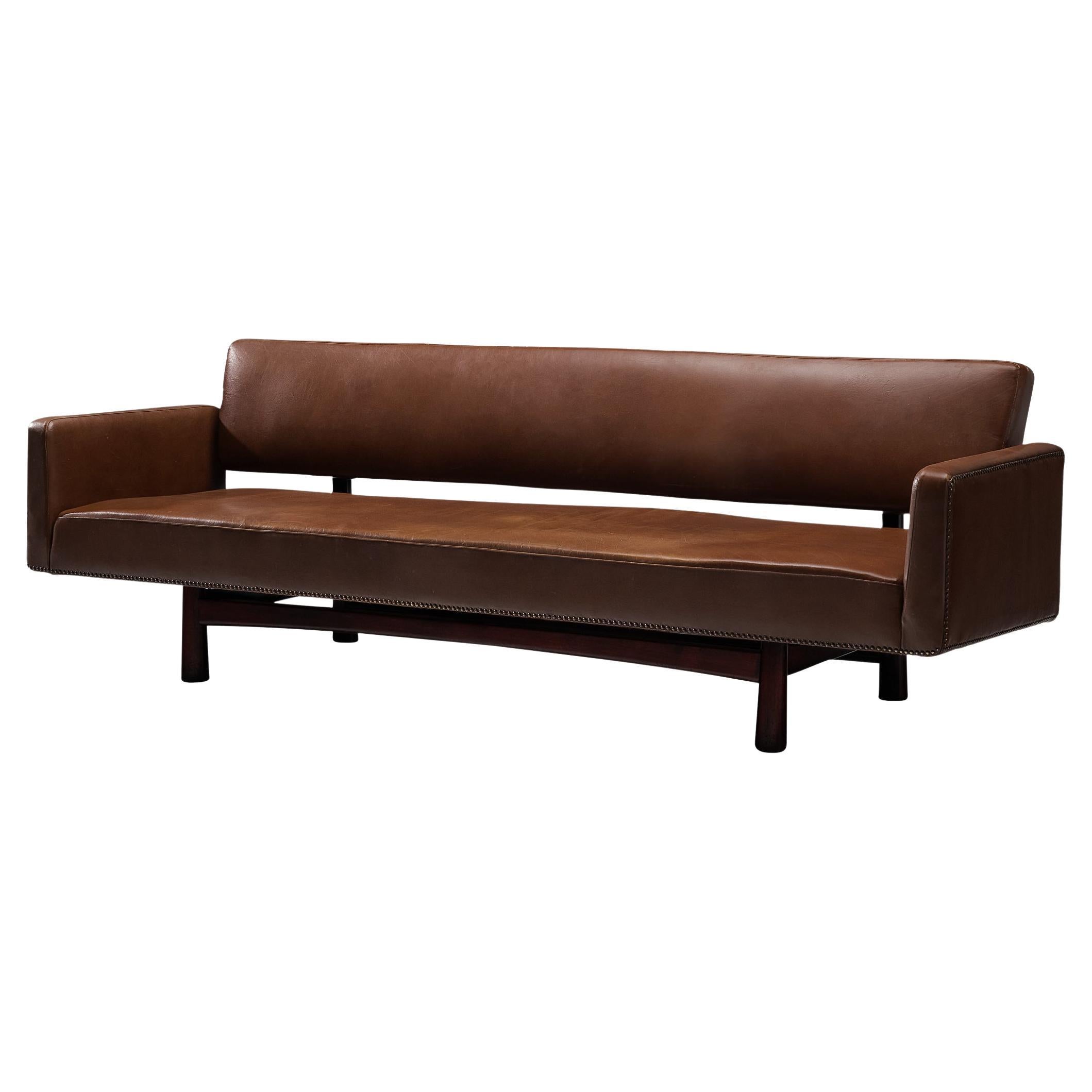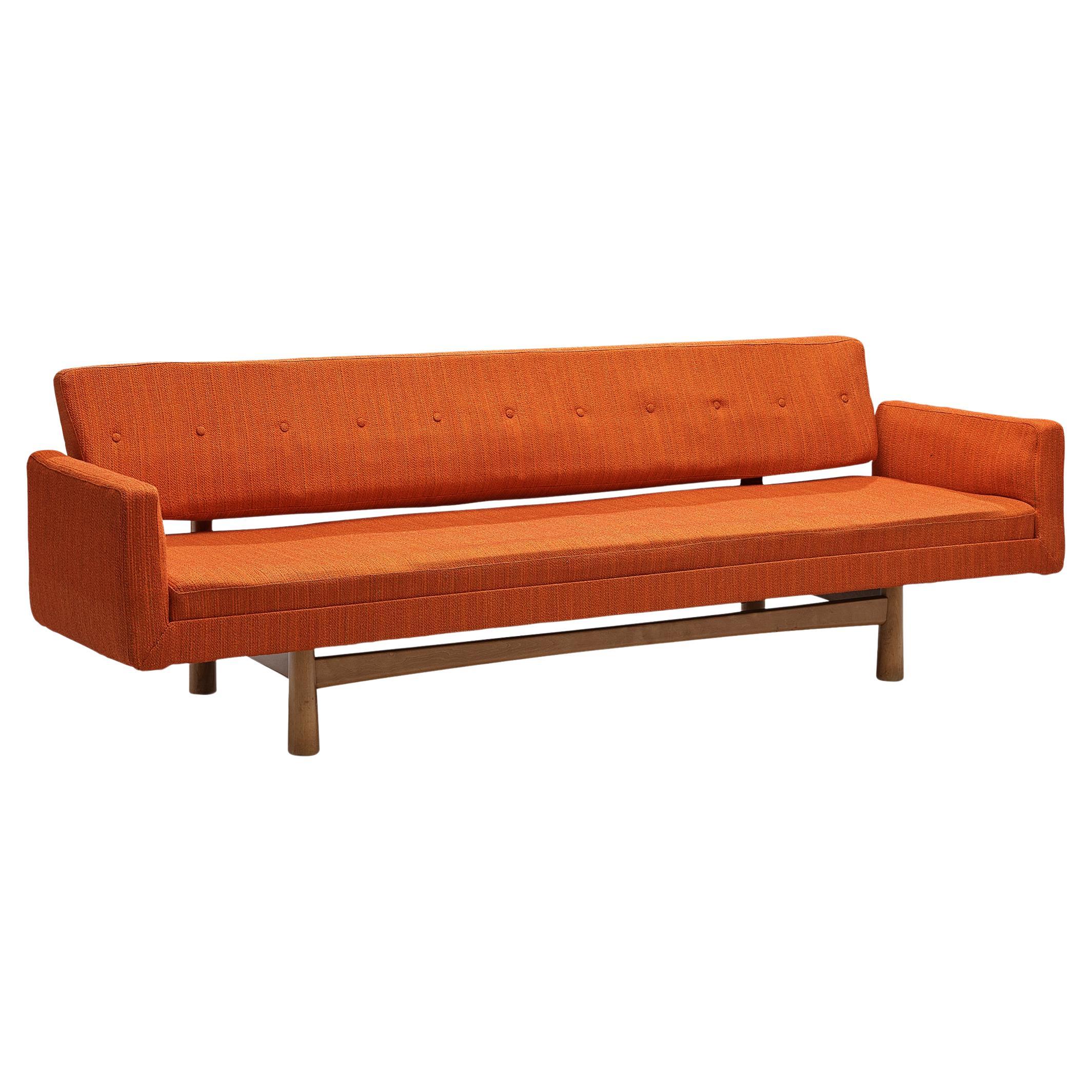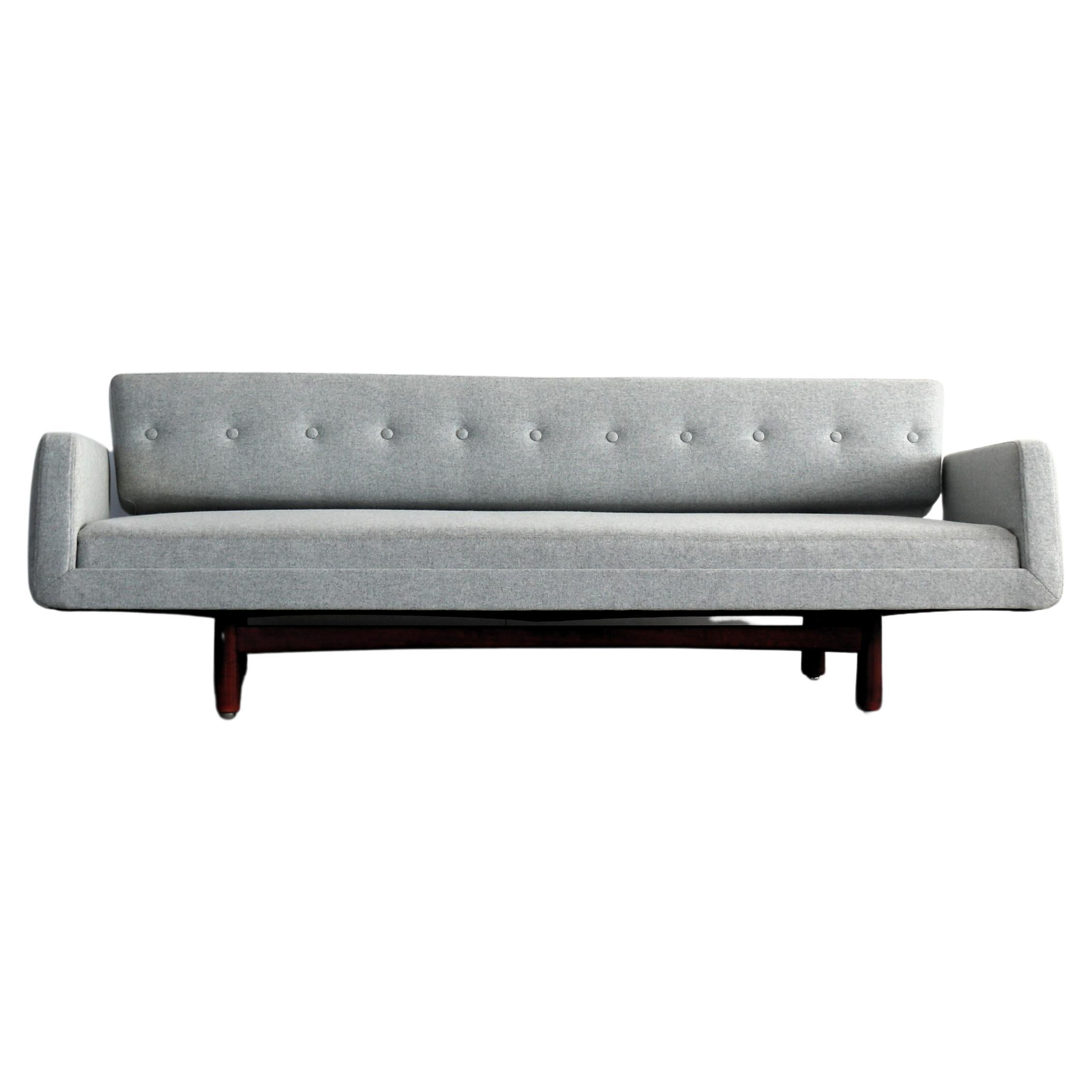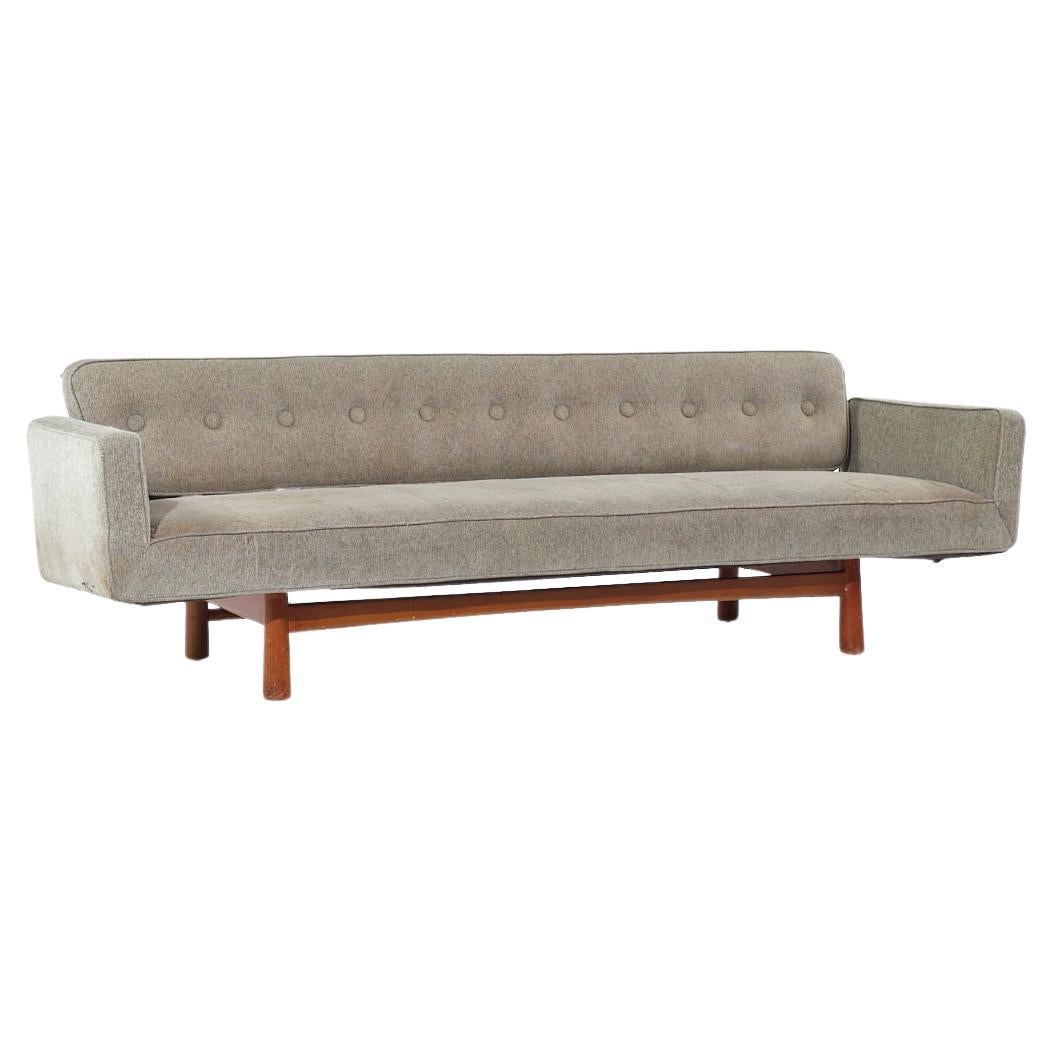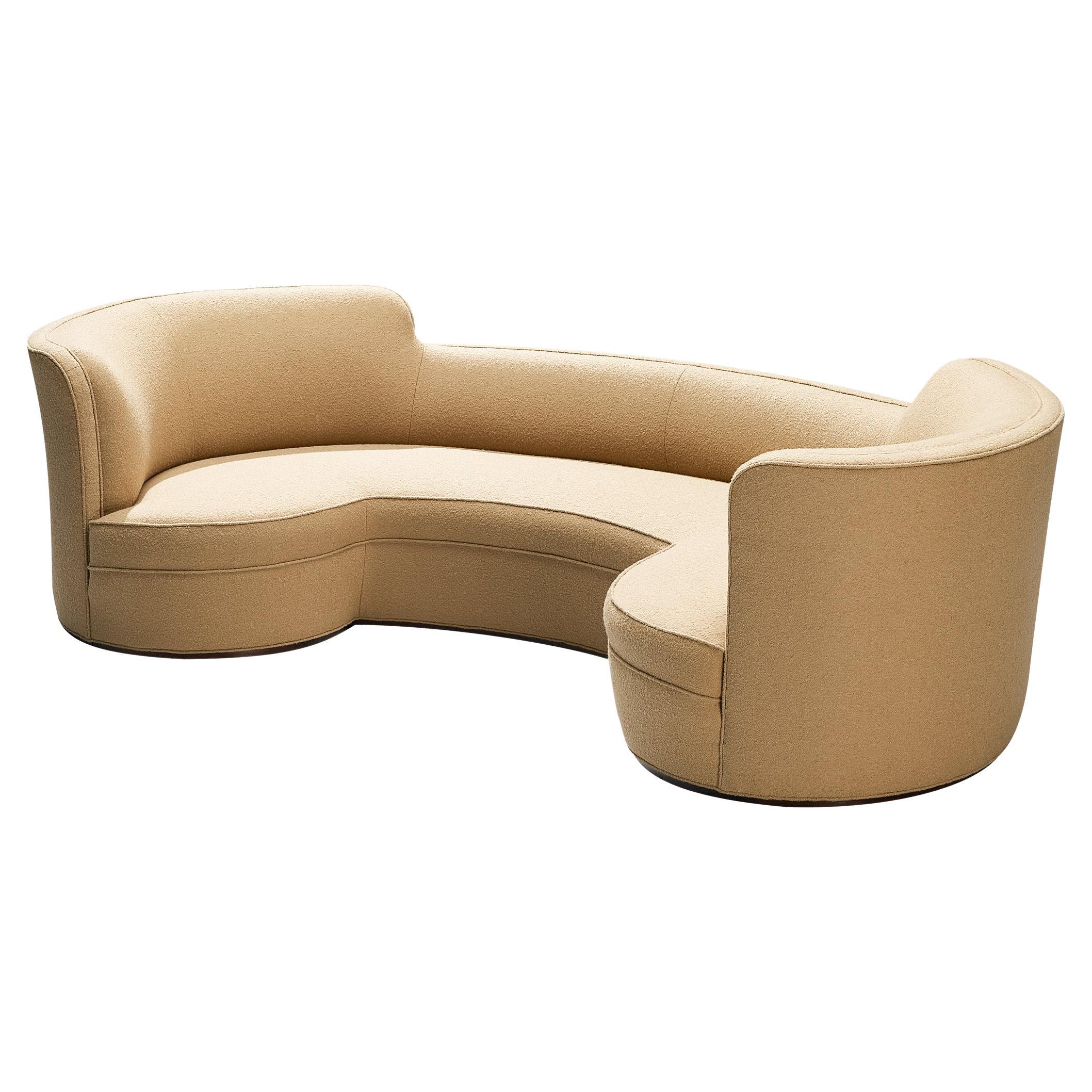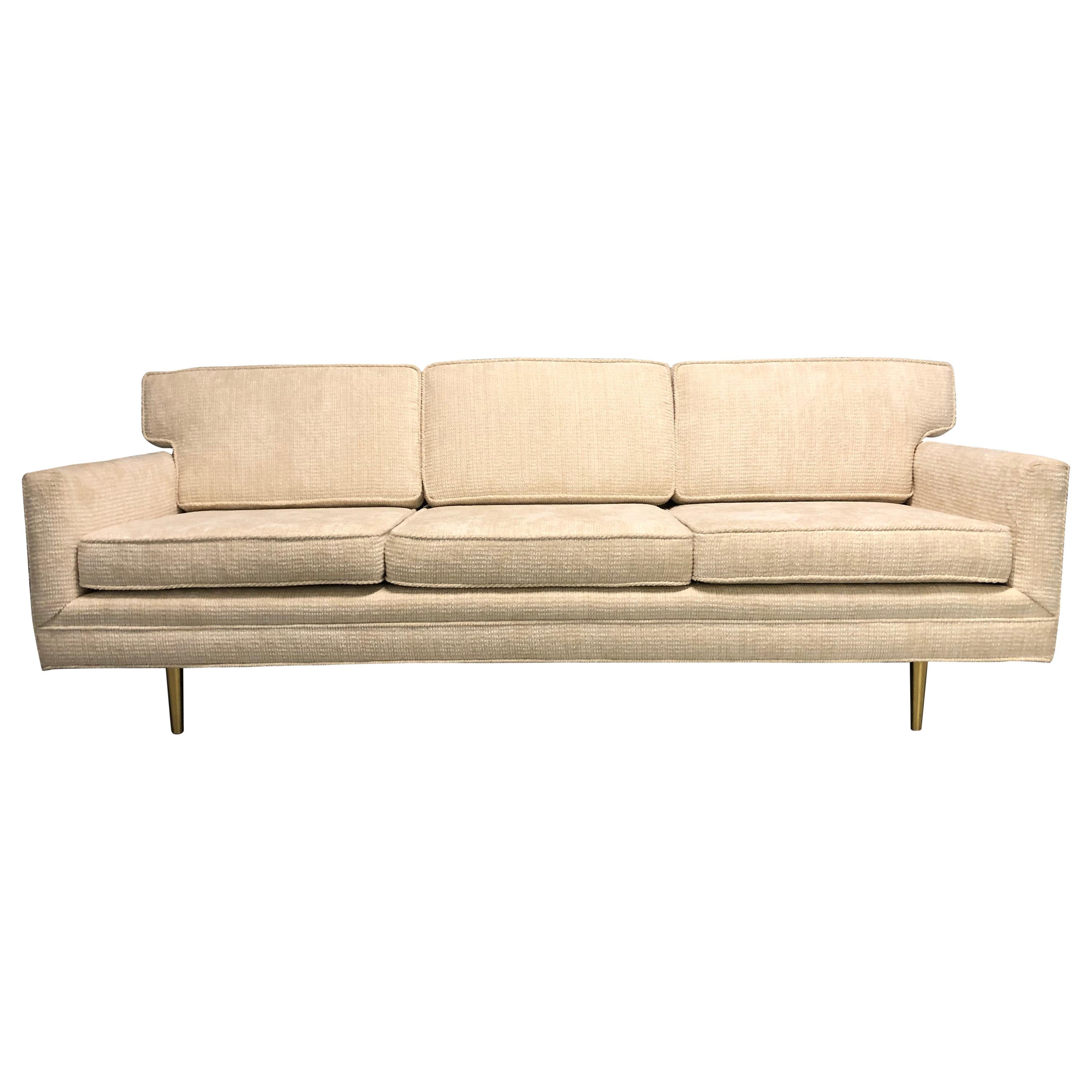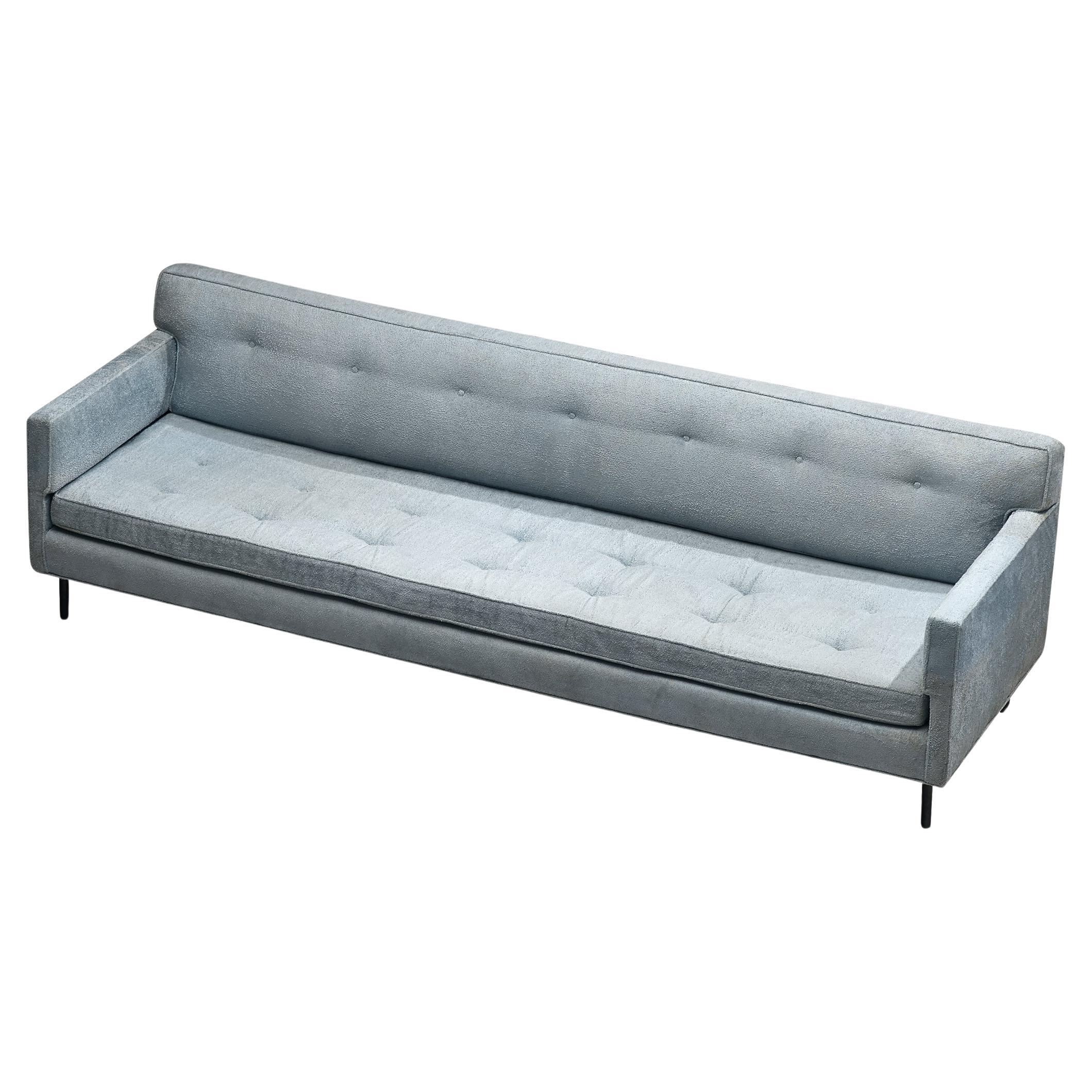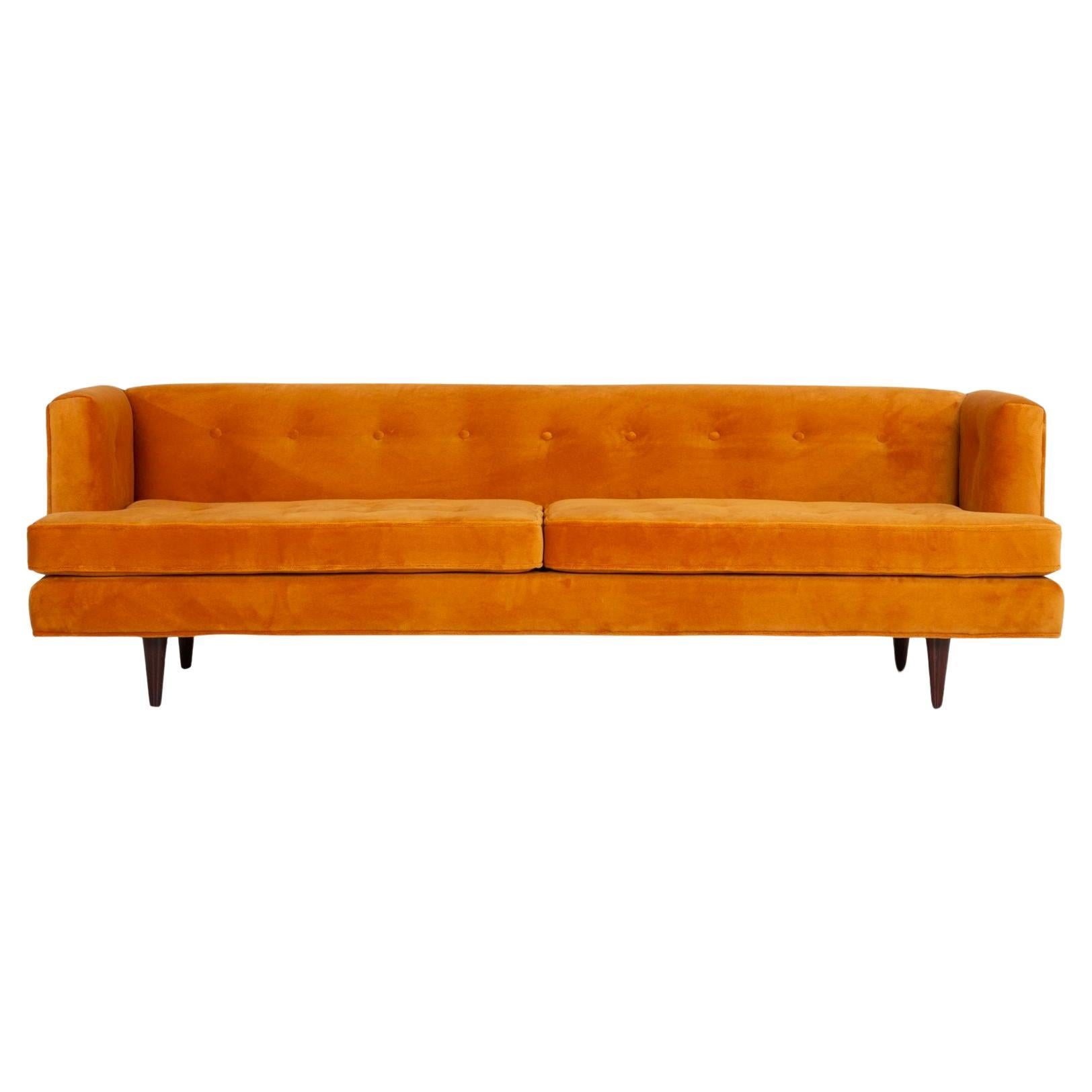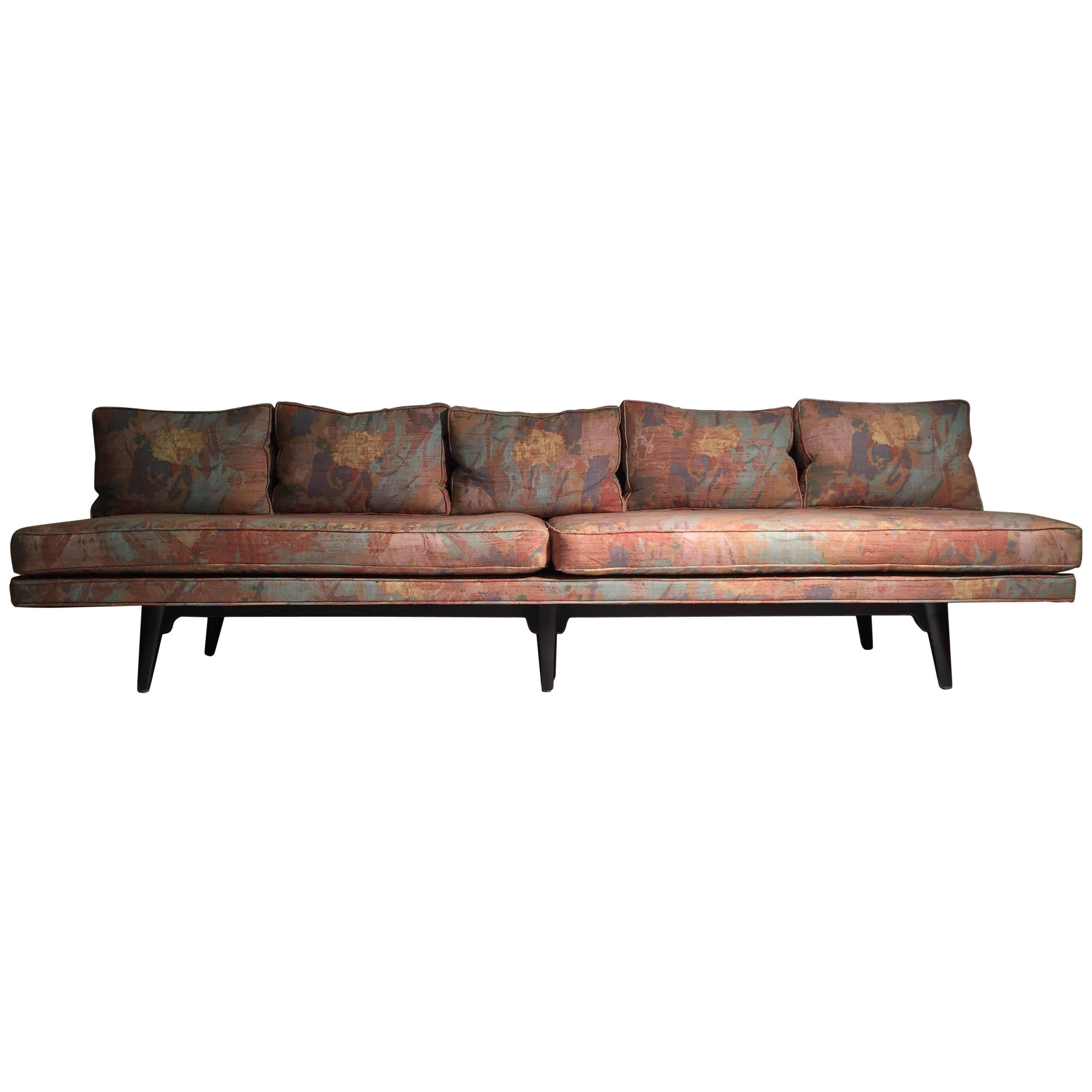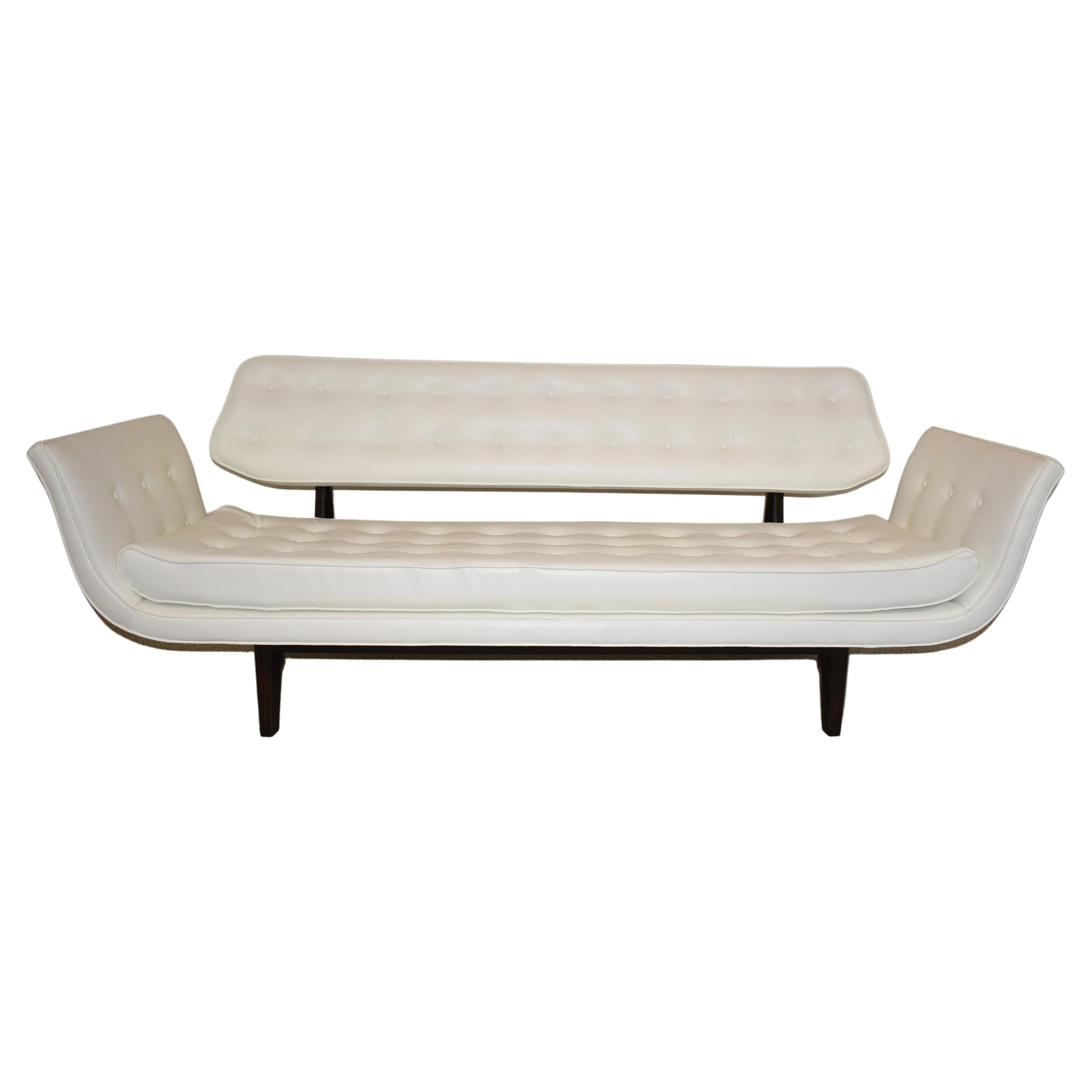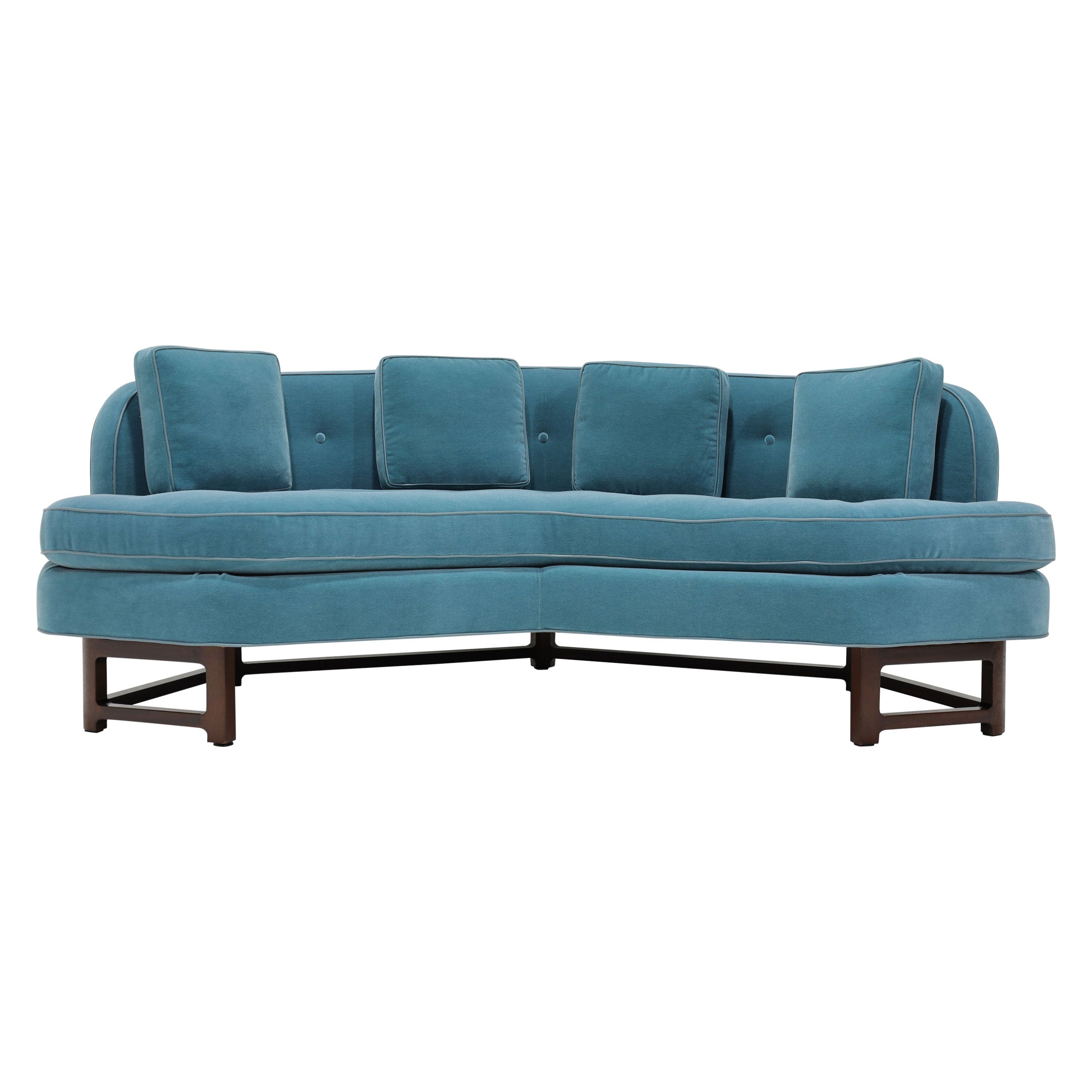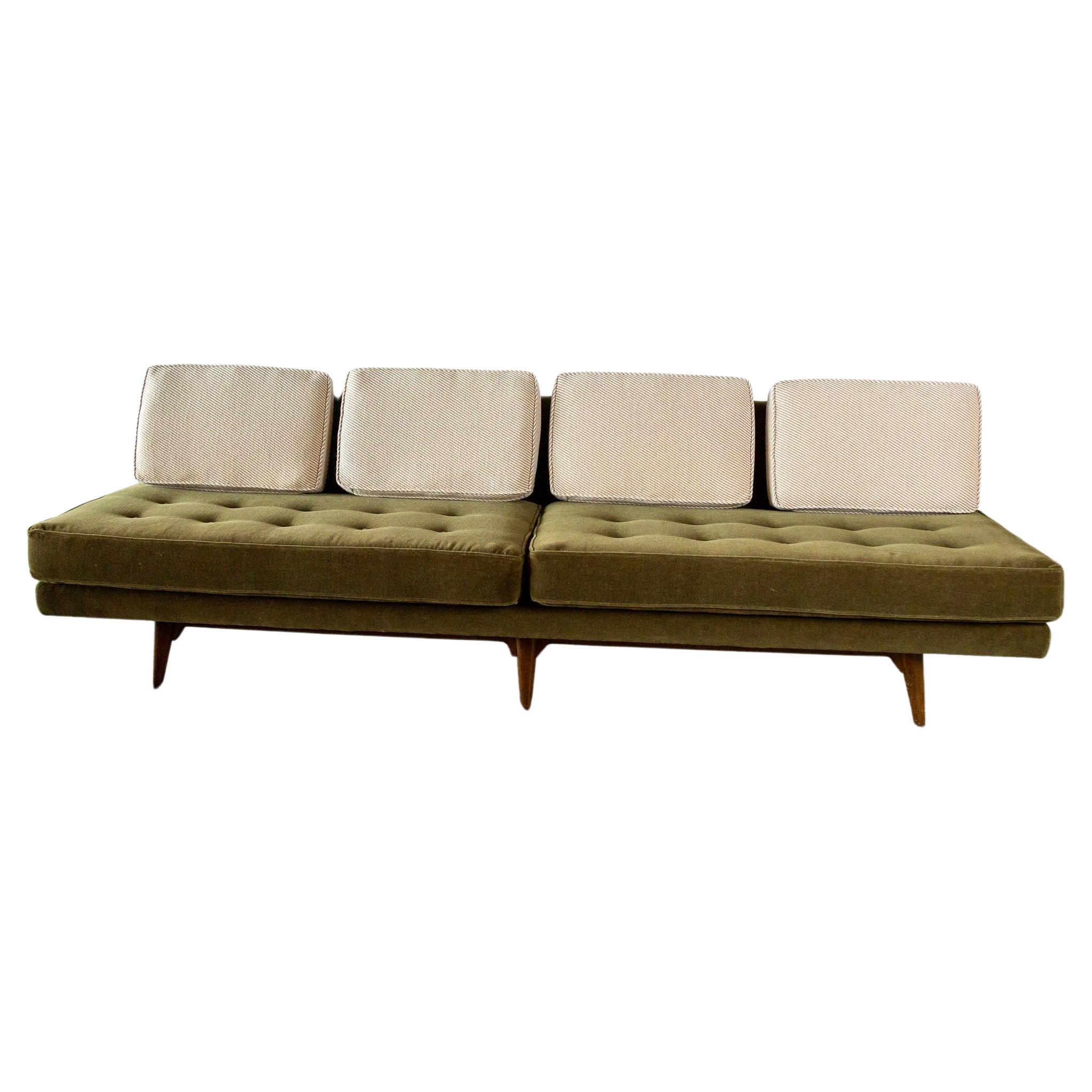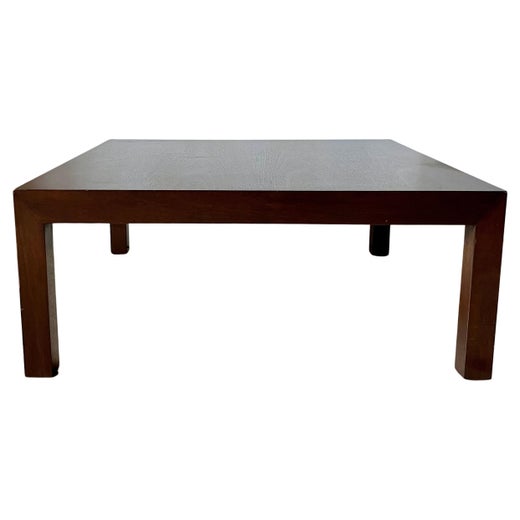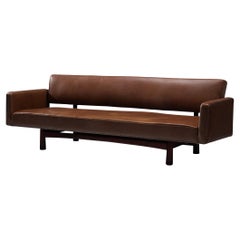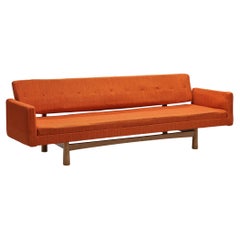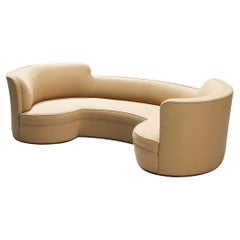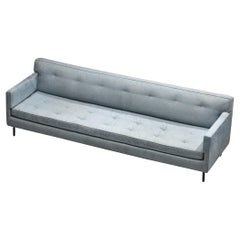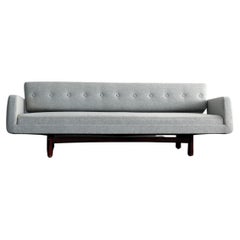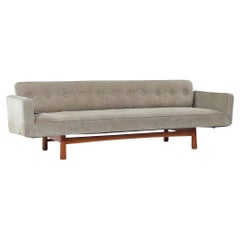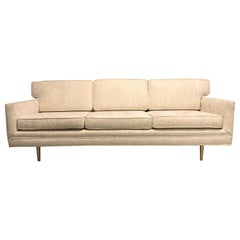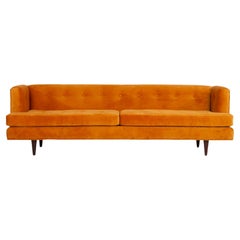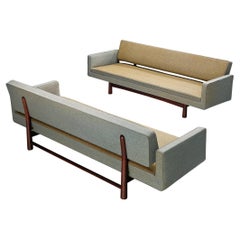
Edward Wormley 'New York' Sofas in Original Blue and Khaki Wool
View Similar Items
Edward Wormley 'New York' Sofas in Original Blue and Khaki Wool
About the Item
- Creator:Edward Wormley (Designer),Dux of Sweden (Manufacturer)
- Dimensions:Height: 29.93 in (76 cm)Width: 90.56 in (230 cm)Depth: 29.93 in (76 cm)Seat Height: 15.36 in (39 cm)
- Style:Mid-Century Modern (In the Style Of)
- Materials and Techniques:
- Place of Origin:
- Period:
- Date of Manufacture:1950s
- Condition:Wear consistent with age and use. Every item Morentz offers is checked by our team of 30 craftsmen in our in-house workshop. Special restoration or reupholstery requests can be done. Check ‘About the item’ or ask our design specialists for detailed information on the condition.
- Seller Location:Waalwijk, NL
- Reference Number:Seller: 501114261stDibs: LU933136973332
Edward Wormley
As the longtime director of design for the Dunbar furniture company, Edward Wormley was, along with such peers as George Nelson at Herman Miller Inc., and Florence Knoll of Knoll Inc., one of the leading forces in bringing modern design into American homes in the mid-20th century. Not an axiomatic modernist, Wormley deeply appreciated traditional design, and consequently his vintage seating, storage cabinets, bar carts and other work has an understated warmth and a timeless quality that sets it apart from other furnishings of the era.
Wormley was born in rural Illinois and as a teenager took correspondence courses from the New York School of Interior Design. He later attended the Art Institute of Chicago but ran out of money for tuition before he could graduate. Marshall Field hired Wormley in 1930 to design a line of reproduction 18th-century English furniture; the following year he was hired by the Indiana-based Dunbar, where he quickly distinguished himself. It was a good match.
Dunbar was an unusual firm: it did not use automated production systems; its pieces were mostly hand-constructed. For his part, Wormley did not use metal as a major component of furniture; he liked craft elements such as caned seatbacks, tambour drawers, or the woven-wood cabinet fronts seen on his Model 5666 sideboard of 1956. He designed two lines for Dunbar each year — one traditional, one modern — until 1944, by which time the contemporary pieces had become the clear best sellers.
Many of Wormley’s signature pieces — chairs, sofas, tables and more — are modern interpretations of traditional forms. His 1946 Riemerschmid Chair — an example is in the collection of the Museum of Modern Art — recapitulates a late 19th-century German design. The long, slender finials of his Model 5580 dining chairs are based on those of Louis XVI chairs; his Listen-to-Me Chaise (1948) has a gentle Rococo curve; the “Precedent” line that Wormley designed for Drexel Furniture in 1947 is a simplified, pared-down take on muscular Georgian furniture. But he could invent new forms, as his Magazine table of 1953, with its bent wood pockets, and his tiered Magazine Tree (1947), both show. And Wormley kept his eye on design currents, creating a series of tables with tops that incorporate tiles and roundels by the great modern ceramicists Otto and Gertrud Natzler.
As the vintage items on 1stDibs demonstrate, Edward Wormley conceived of a subdued sort of modernism, designing furniture that fits into any decorating scheme and does not shout for attention.
Dux of Sweden
Today, Swedish manufacturer DUX’s most popular furniture lines — as well as the furnishings created by its first president, Folke Ohlsson — are synonymous with the work that vintage mid-century modern design obsessives love. Also important, the brand is known for some of the most commonplace means of furniture shipping and production in the modern era.
In Sweden, Studio Ljungs Industrier AB is the large family-owned parent company of Duxiana (in America, DUX). Initially a purveyor of bedding that is today celebrated for its ergonomically guided designs, Ljungs Industrier was founded by entrepreneur (and chocolate maker) Efraim Ljung in 1926. In 1950, Folke Ohlsson, then leading Ljungs Industrier’s design team, decamped to the States to explore how he could expand DUX’s business, which at that point included a wide range of furniture. Ohlsson established a DUX office not long after he arrived in California, first in San Francisco and later in Burlingame.
On the West Coast, the booming postwar American market was eager to embrace DUX’s affordable and practical bedroom furnishings, tables, armchairs and other seating. Characterized by sleek walnut and teak frames and low-slung silhouettes, the brand’s designs were emblematic of a generation of Scandinavian modernism that had gained popularity owing to visionaries such as product designer and architect Greta Magnusson-Grossman, who arrived in California from Sweden a decade prior to Ohlsson, and Finn Juhl, who created a Danish modern line for Michigan’s Baker Furniture Company in 1951.
DUX frequently collaborated with top-tier furniture design talent — among them Bruno Mathsson, Edward Wormley and Alf Svensson, a chief designer in the Malmö, Sweden, office of Ljungs Industrier — expanding the brand’s portfolio and establishing credibility as a design source. Ohlsson’s own designs, such as his comfortable leather lounges and wool-upholstered reclining rocking chairs, continue to be among the brand’s most desirable — and most imitated — however.
In 1949, DUX put into practice an idea that Ohlsson patented for the so-called “knock-down,” or “KD,” chair, a term referencing easy, flat-pack assembly. It saved DUX space in warehouses and money on transportation and was a concept that would provide inspiration to hundreds of subsequent companies — most notably fellow Swedish brand IKEA.
Today, vintage DUX sofas and dining chairs are valuable collector’s items. Find this coveted seating and other authentic DUX furniture on 1stDibs.

Established in 2006, Morentz has a team of approximately 55 restorers, upholsterers, interior advisers and art historians, making it a gallery, workshop and upholstery studio, all in one. Every day, a carefully selected array of 20th-century furniture arrives from all over the world at the firm’s warehouse, where the team thoroughly examines each piece to determine what, if any, work needs to be done. Whether that means new upholstery or a complete restoration, Morentz's aim is always to honor the designer’s intention while fulfilling the wishes of the client. The team is up to any challenge, from restoring a single piece to its original glory to furnishing a large-scale hotel project.
More From This Seller
View AllVintage 1950s American Mid-Century Modern Sofas
Metal
Vintage 1950s American Mid-Century Modern Sofas
Metal
Vintage 1950s American Mid-Century Modern Sofas
Fabric, Mahogany
Vintage 1950s American Mid-Century Modern Sofas
Metal
Vintage 1960s Dutch Mid-Century Modern Sofas
Metal, Chrome
Vintage 1960s Dutch Mid-Century Modern Sofas
Metal, Chrome
You May Also Like
Vintage 1950s Swedish Sofas
Fabric, Wood
Vintage 1970s Swedish Mid-Century Modern Sofas
Upholstery, Wood
Mid-20th Century American Mid-Century Modern Sofas
Brass
Vintage 1940s American Mid-Century Modern Sofas
Mohair
Mid-20th Century American Mid-Century Modern Sofas
Upholstery
Vintage 1950s American Mid-Century Modern Sofas
Walnut
